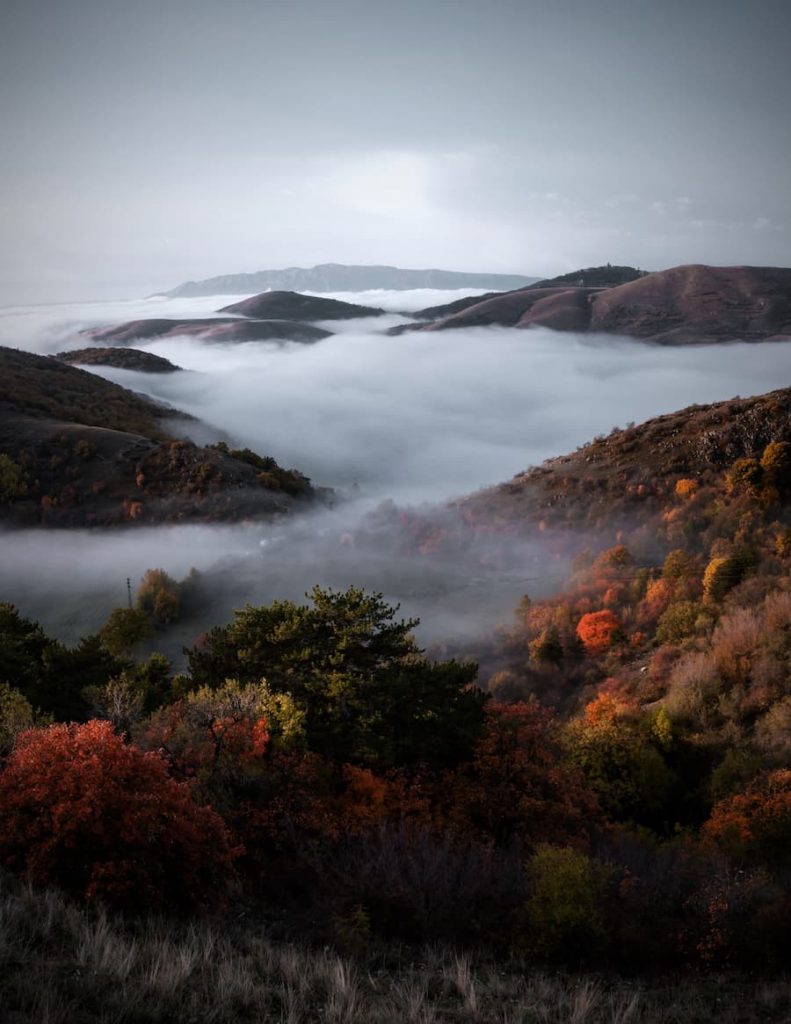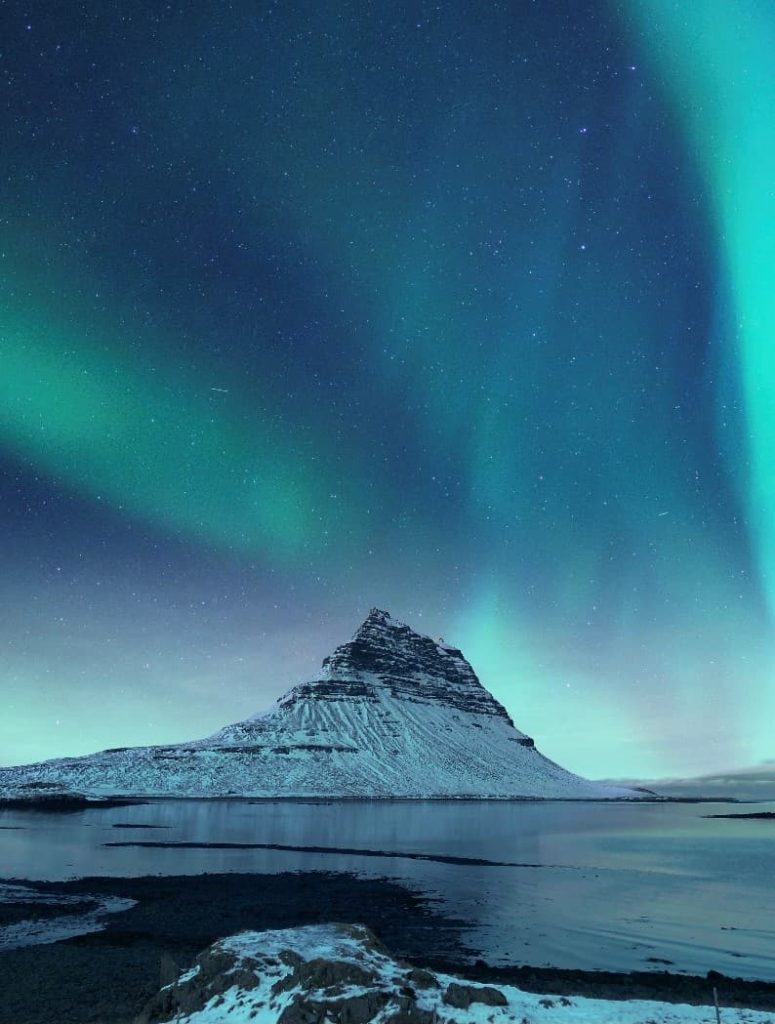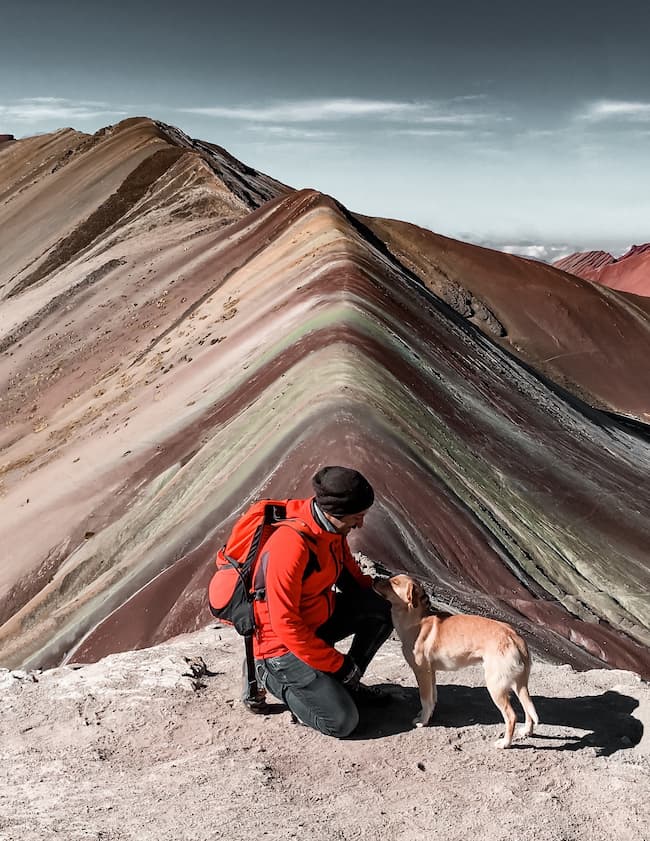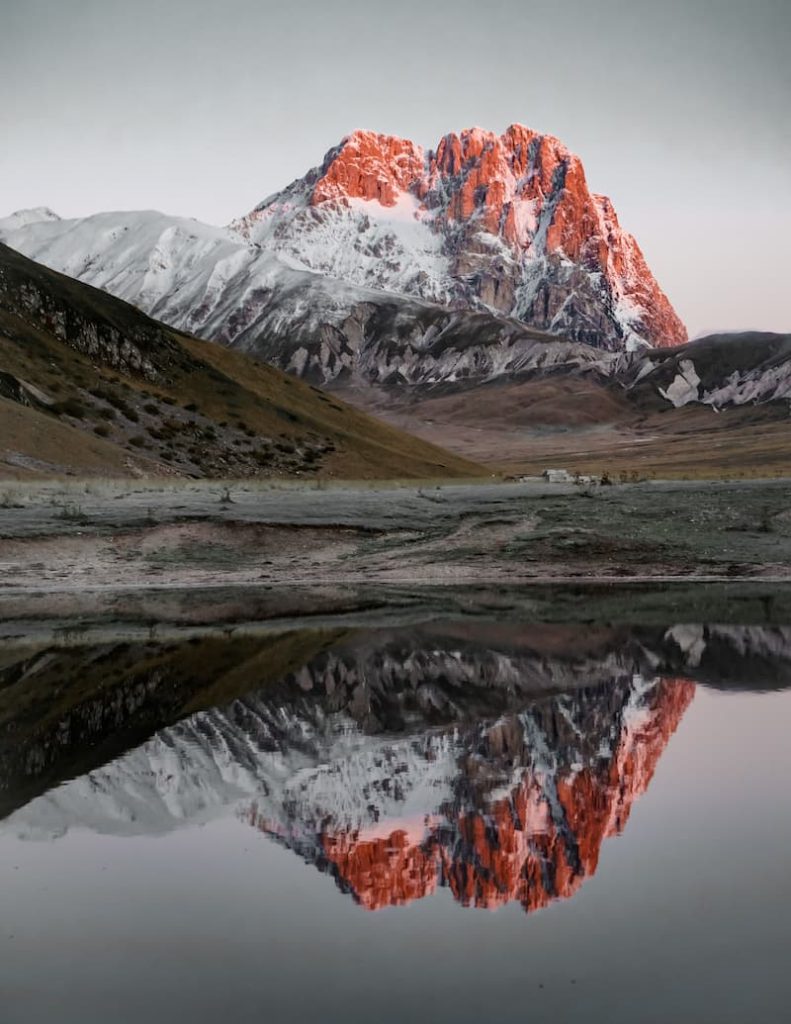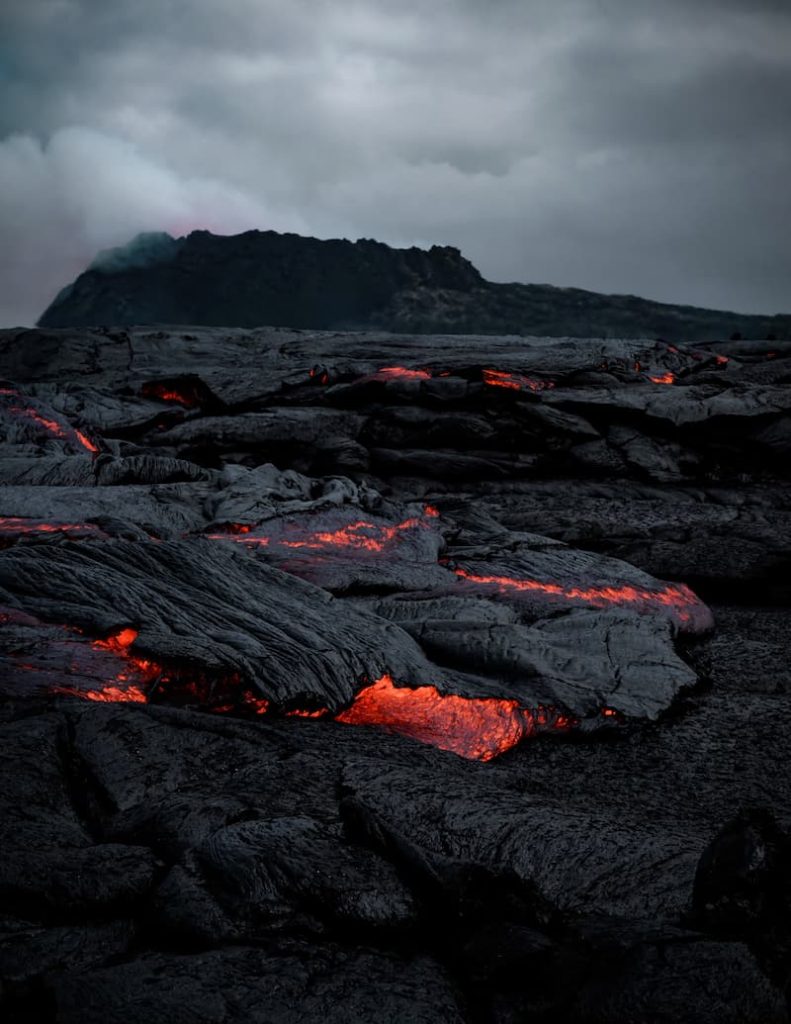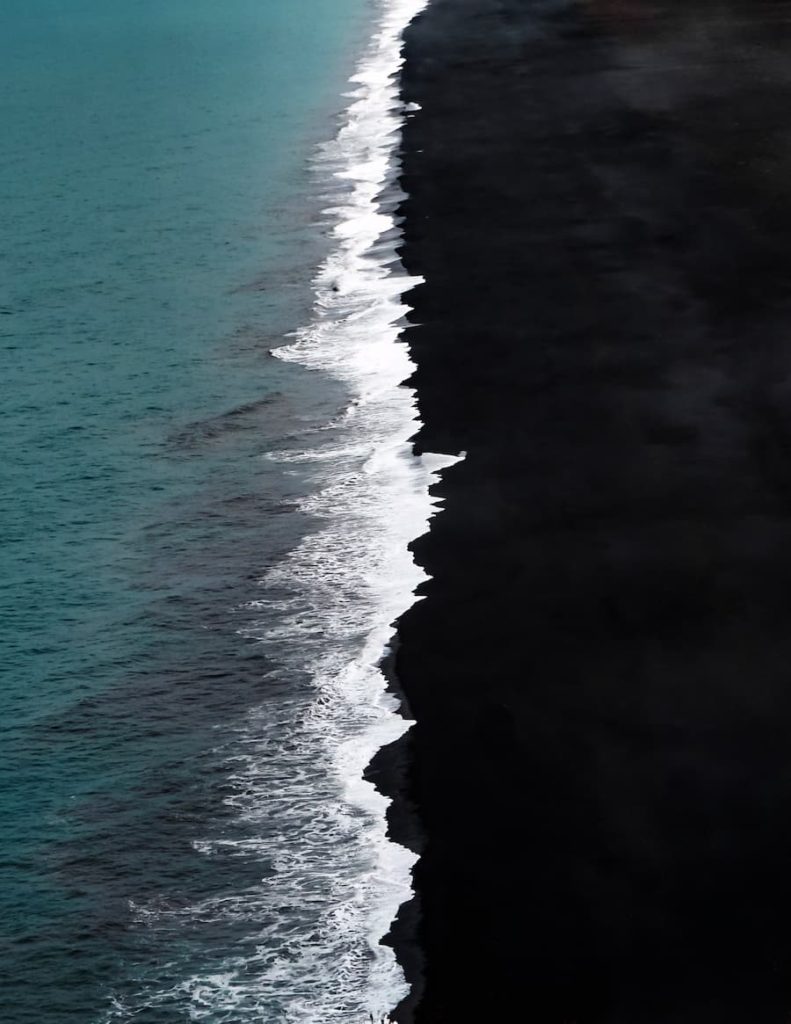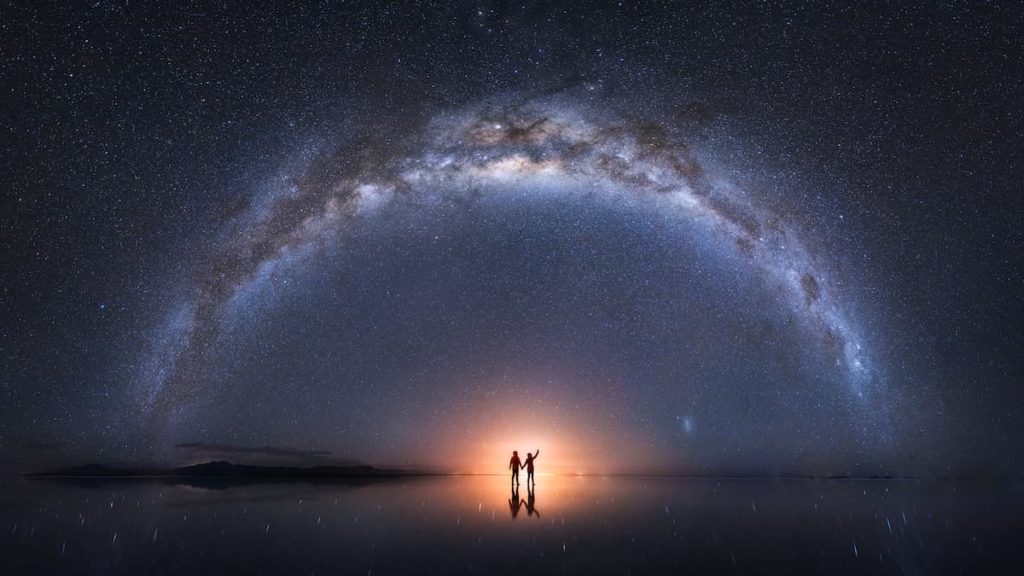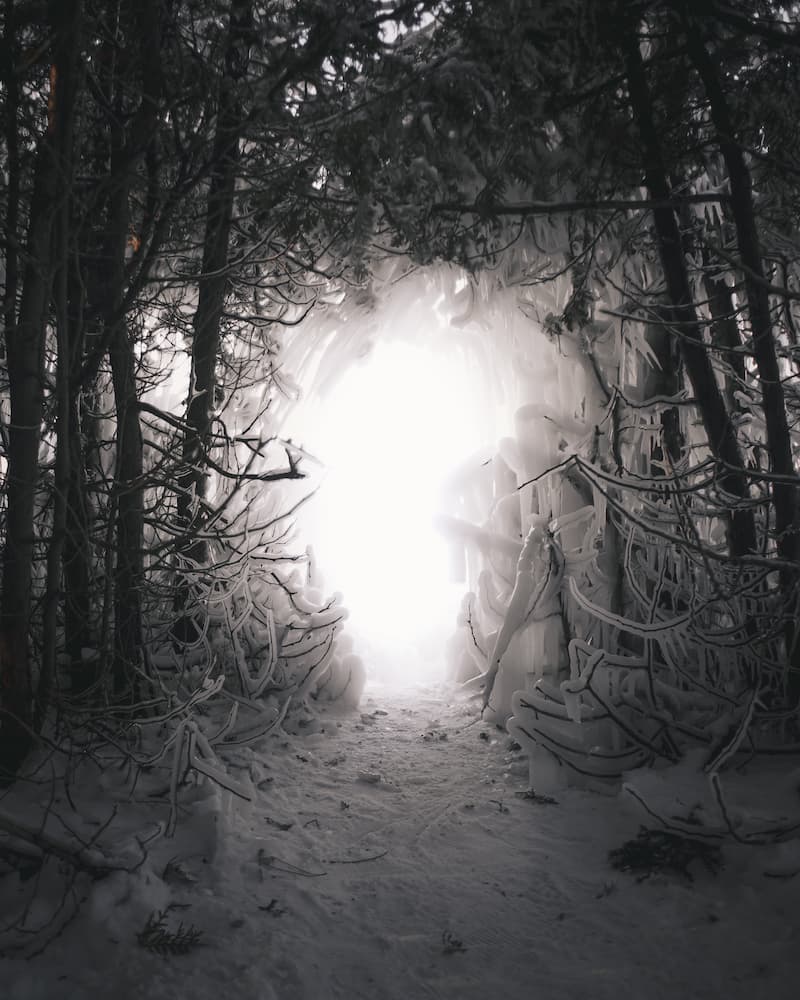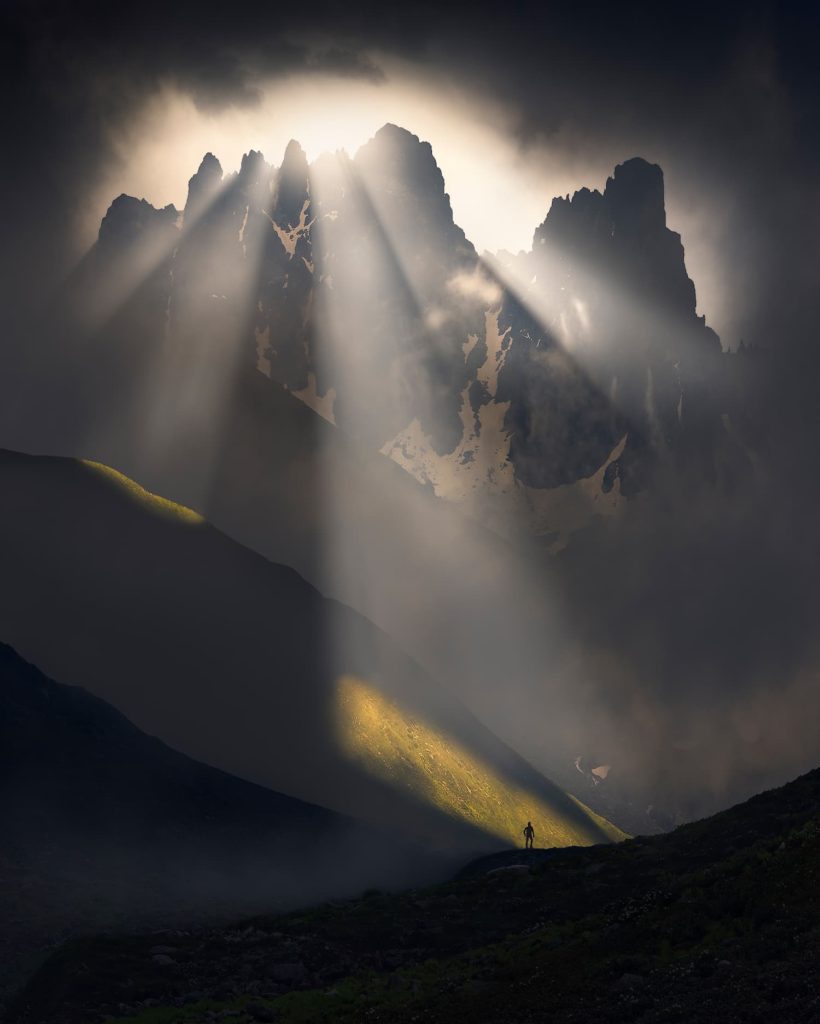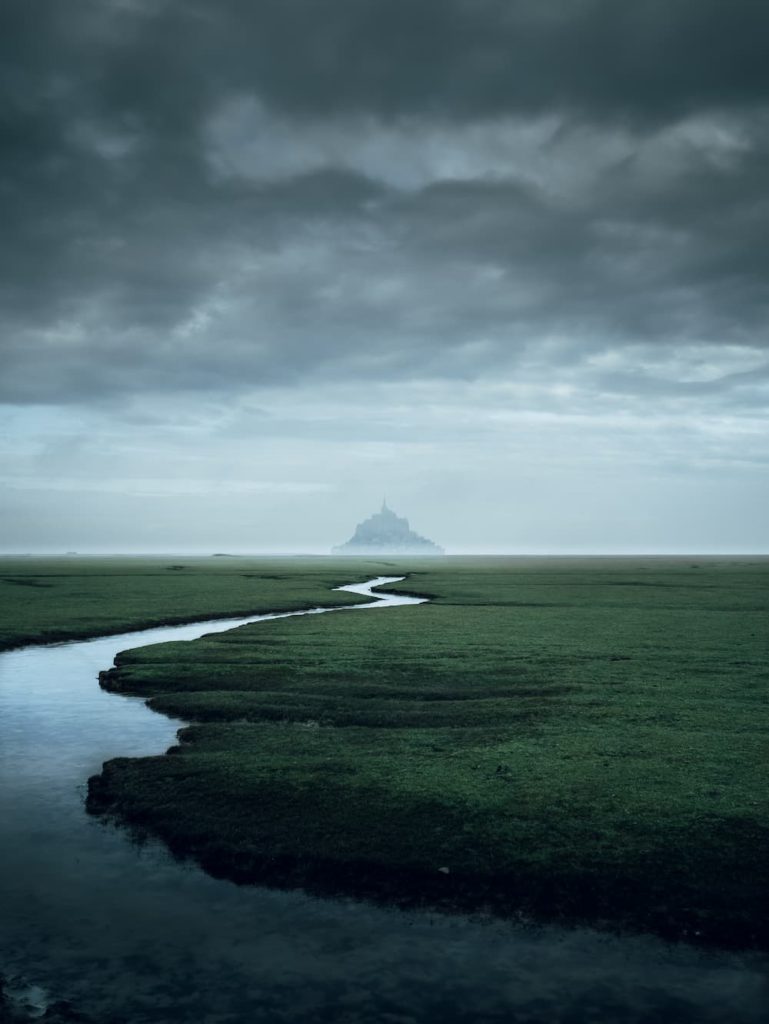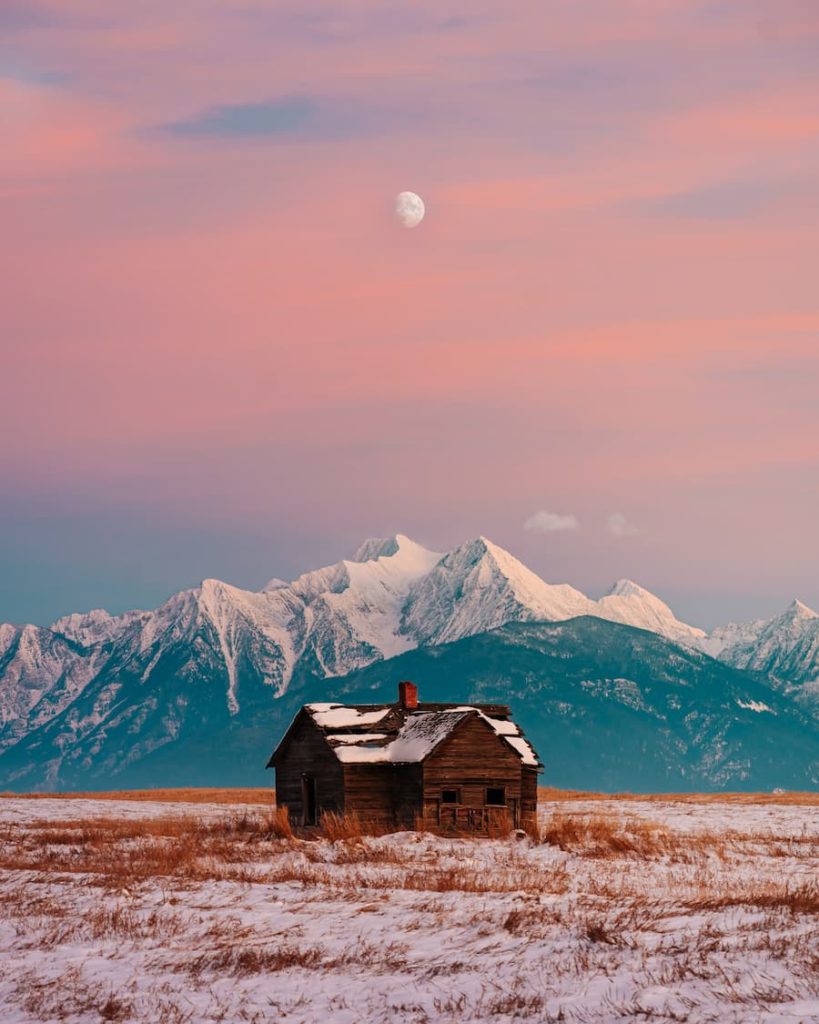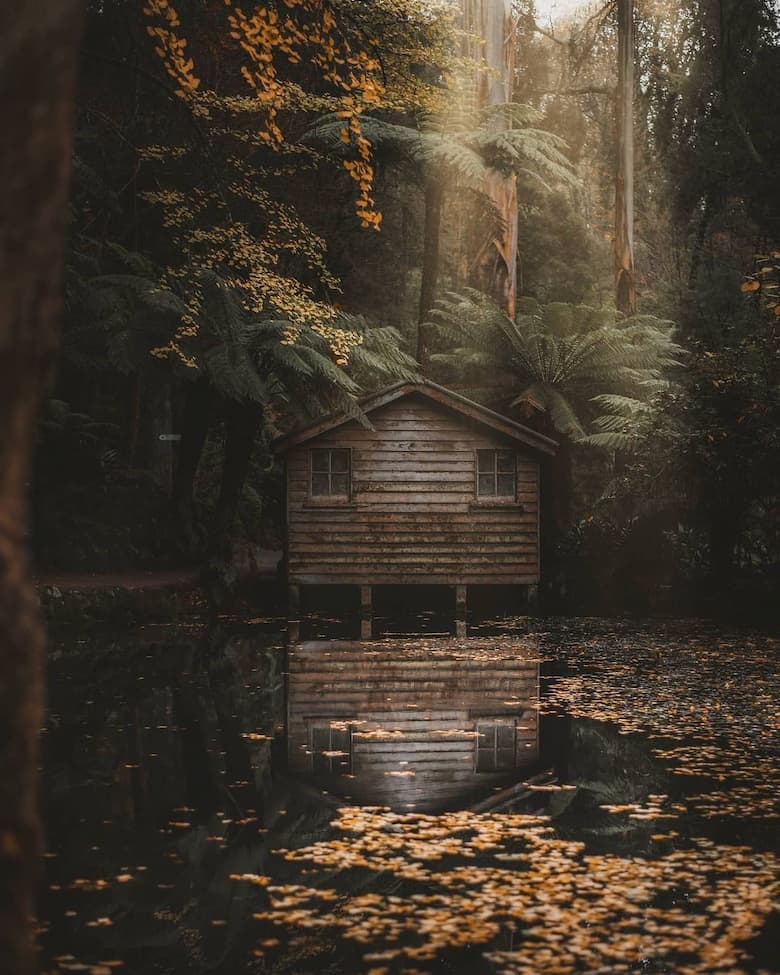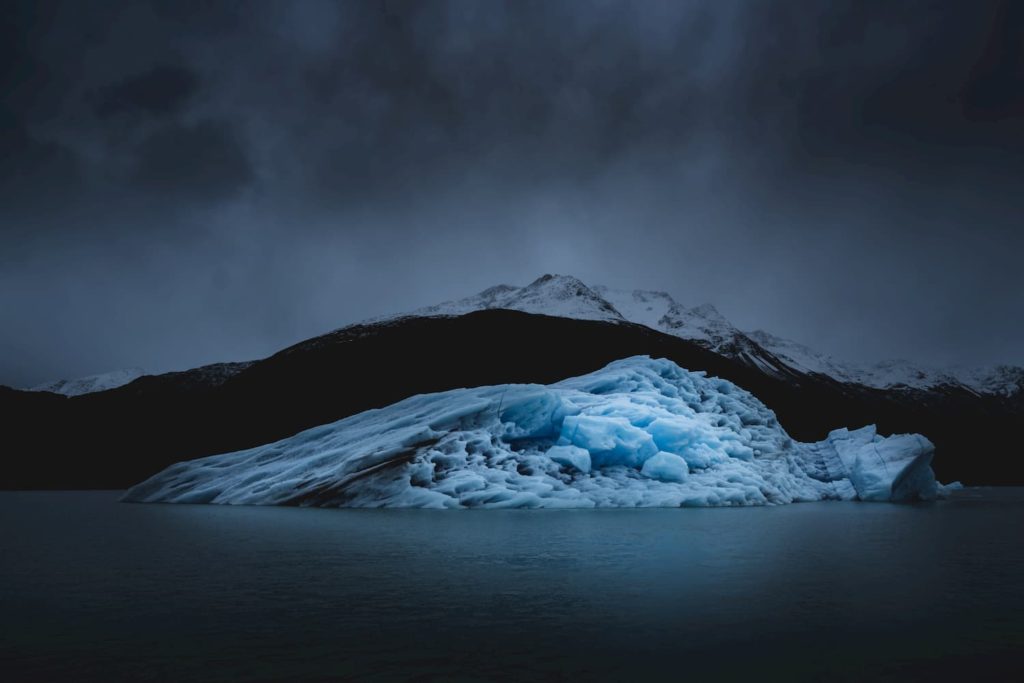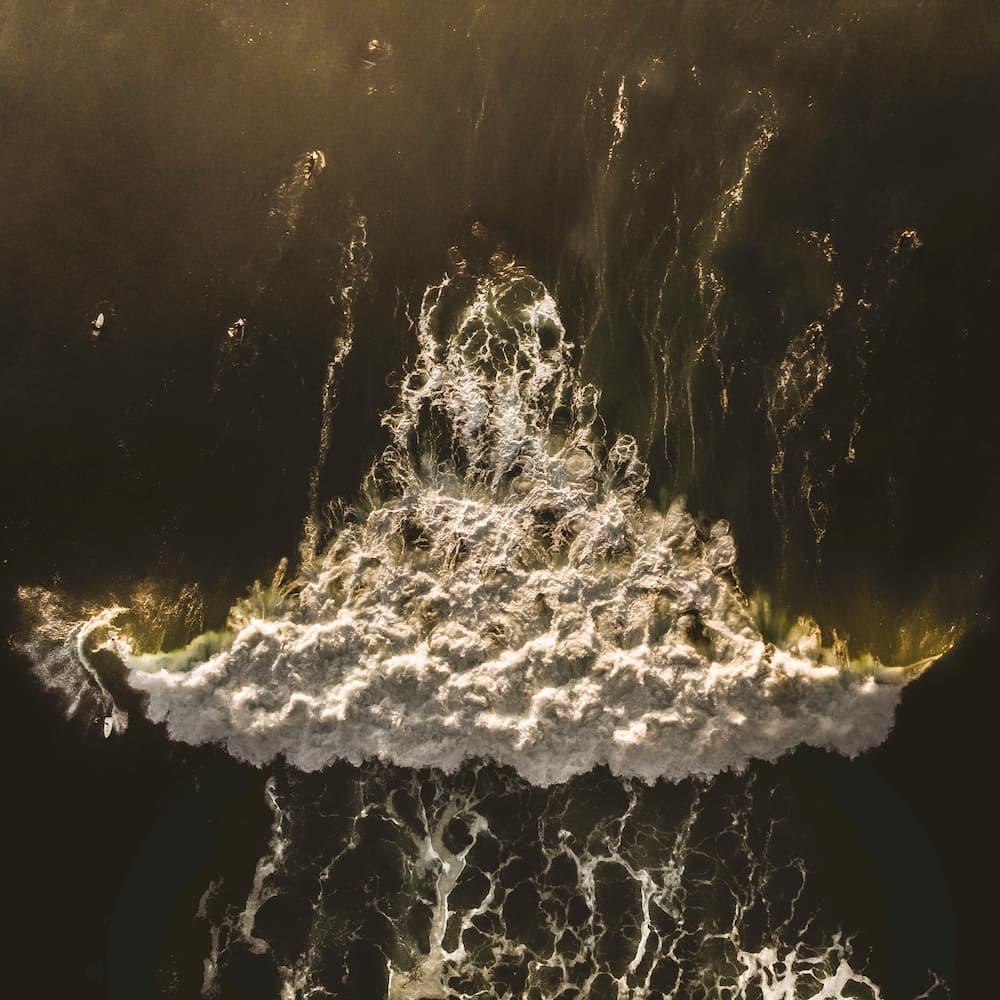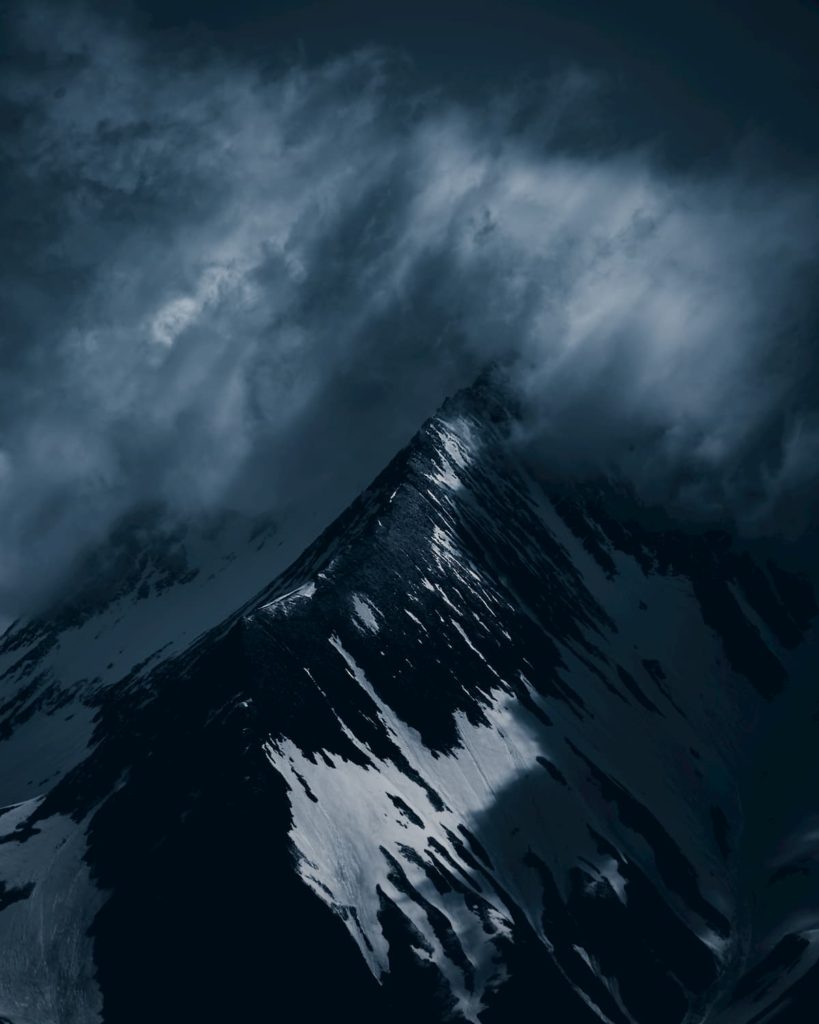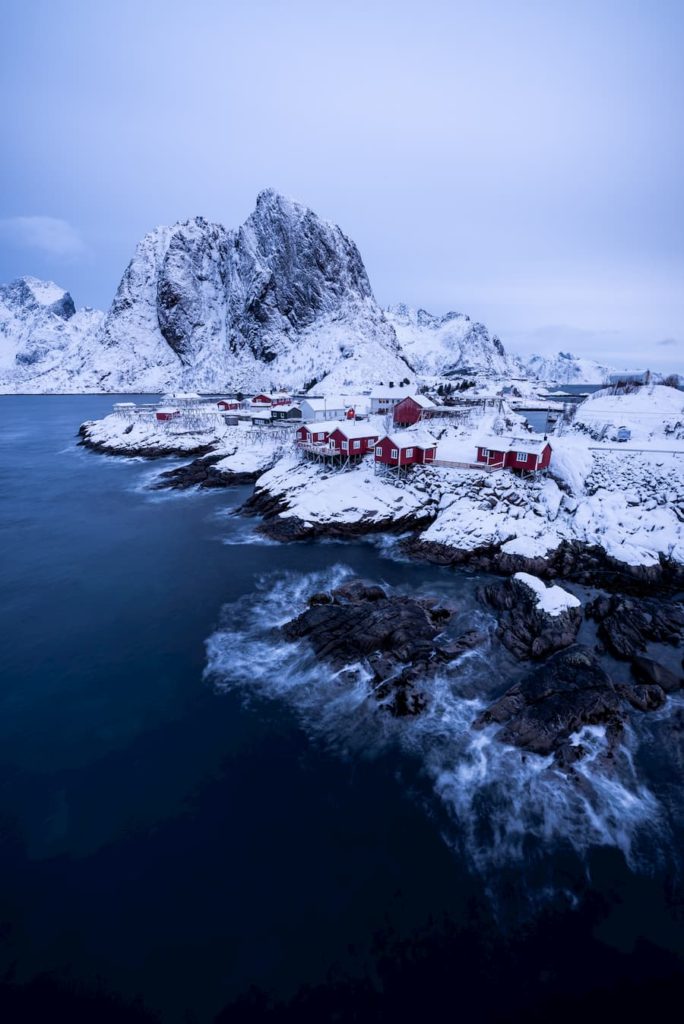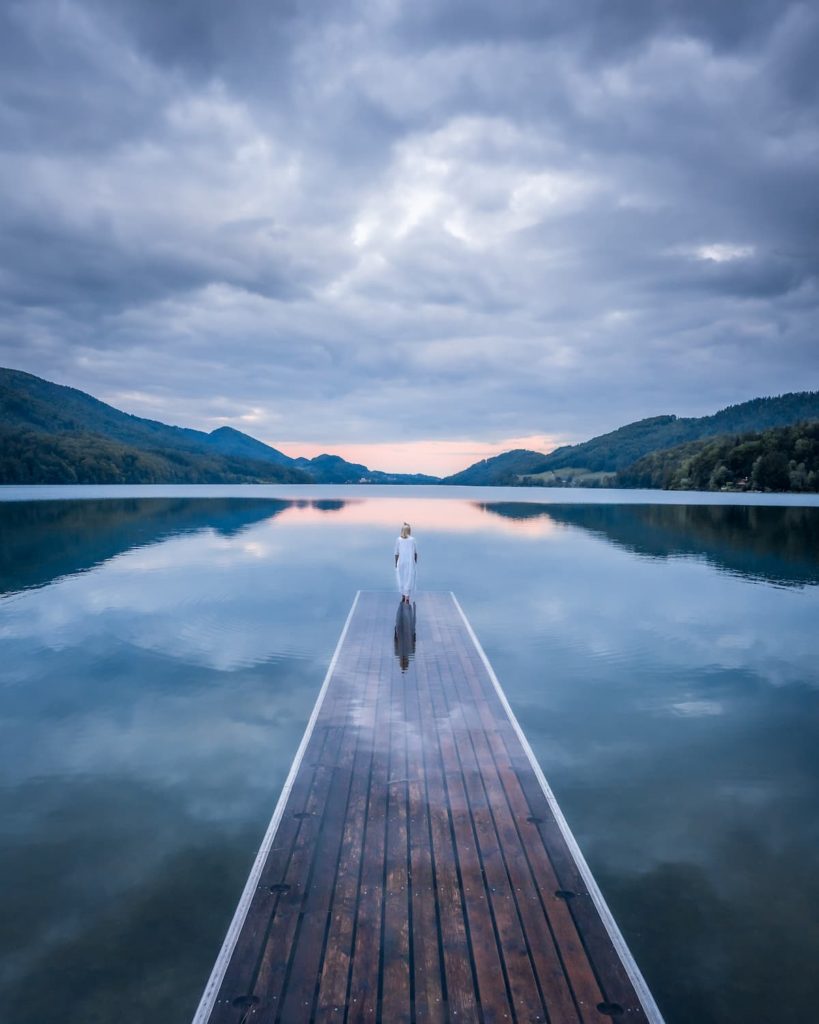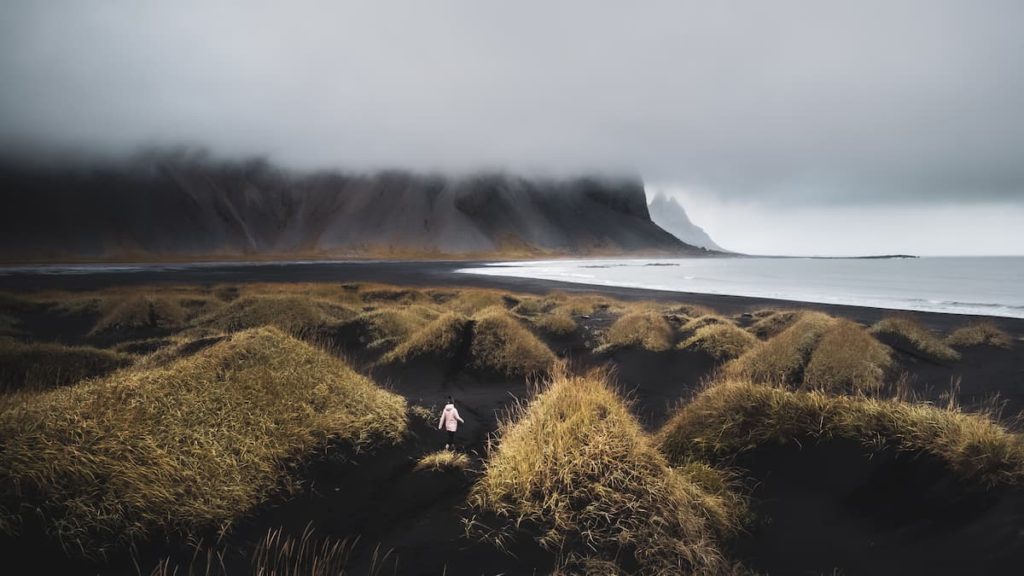
Roberto Rinaldi
@_robertorinaldi_
Geologist and photographer based in Italy
I vividly remember being extremely calm and quiet as a kid. For some reason, most people would expect all kids to scream and yell, make endless talks, ask for attention… That was not my case; I would say I was born an acute observer rather than a big talker.
Also, during my teenage years, my passions and interests were different compared to those of my friends. Instead of being into playing football or searching for crowded places, I was obsessed with nature. I remember my innate sense of curiosity about the world and fascination for geological processes. I was born in a very seismic region in central Italy, experiencing several earthquakes – a scary and exciting experience at the same time.
"Hence, hearing the earth’s voice has been a constant in my life, feeding my curiosity."
"I always felt staying still in the same place and monotonously living my life was not meant for me; I knew there was so much out there to be explored and discovered."
The decisive spark probably happened when I was 14 years old, on a day I was randomly strolling on the top of a hill and I found some nice and huge shell fossils embedded into the rocks. That’s when I started asking so many questions. I wanted to know more, find all the answers to my questions – so I started studying and reading books. Some years later, I applied for Geology at the university. I wanted my passion to become my profession as well, and I worked really hard on that – I indeed have become a geologist.
If you talk to any geologist, each one of them will tell you that geology is more than just rocks. Geology is often seen as a useless discipline; I personally had the same opinion before really being curious about it and getting into it. Geology is about global change, evolution, fossils, erosion, earthquakes, volcanoes, pollution, and SO MANY other things! This really taught me to go deeper into everything I do. Most people usually stop at the “surface learning” when dealing with something they don’t find interesting. Sometimes even if they do. When you go deeper, however, it yields better learning. The deeper you go, the more you want to know. And when you know more you’ll feel more confident.
Charles Robert Darwin, the English naturalist, geologist, and biologist, was one of the main contributors and inspiration for what I am doing today. His study on the Galapagos Islands is probably my favorite. It’s no coincidence that a couple of years later I packed up and left for the Galapagos Islands. Here’s where my passion for traveling has blossomed, and since that trip, it has grown stronger day by day. I am lucky, because of my job, traveling is a fundamental part of my life. I have had the chance to explore and study some of the most amazing places on Earth.
"The most impressive and surprising outing so far has to be visiting Vinicunca, the Rainbow Mountain in Perú."
This incredible piece of land has been exposed to a lot of natural elements for thousands of years, which is why it looks like a fantastic rainbow-colored mountain today. A few years ago, nobody knew about it as it was completely hidden by ice and snow. In order to be there before the hundreds of people that are visiting that place daily, I started walking at 6 o’clock in the morning and in a couple of hours I had finally arrived up the mountain. I will never be able to properly describe that place; it doesn’t seem like you are actually walking on earth. It’s so different, so uncommon. Neither can I describe how small I felt in front of that massive and mesmerizing work of nature. The origin of each color is due to several different minerals: white is from calcium, red is due to iron-rich clays, green and blue come from ferromagnesian minerals, yellow is composed of layers of iron sulfide. I was speechless, surprised, excited, and I literally had tears of joy in my eyes.
It would be crazy for me not to combine geology with photography. If you think about it, most photographers tend to grab their camera when they see beautiful scenery. Which is fine, that’s what I also do in front of a beautiful landscape, but I do believe I take photos somewhat differently (which doesn’t mean “better”, just a different approach!). Instead of the entire scenery, I spend a significant part of my time focusing on every geological detail. For instance, I try to understand what type of rocks I am looking at. It might be difficult to imagine how the rock type can influence photography at first, but it really does. I won’t go into too many details, but every rock has a different consistency, texture, and color, which create distinct landscapes and therefore scenarios. A calcareous rock is usually very bright and dense. Dense rocks tend to generate specific shapes or mountain profiles, different from tender rocks. Also, bright rocks are perfect when shooting during a sunrise or a sunset, as the sunlight will make them shine in the orange and red shades. The same thing will not happen with dark volcanic rock, of course. This is just one example of how geology can influence my photography, but there are a million other examples!
I experimented a lot to understand the environments, colors, shapes, and lights that fit my style of photography best. And honestly, I never stop learning new things every day. I don’t plan my compositions before shooting and I just figure out what I like best within a few attempts on the spot until I find the composition I am happy with. Nevertheless, I do find balance and harmony in my photos crucial, which is why I always try to respect the fundamental rules of perspective, rule of thirds, and proportions; rules that seem obvious but are not at all.
Furthermore, in my opinion, a photograph should never be an end product by itself; it’s not supposed to be “just” a beautiful photo. My aim is to convey an emotion, to translate what I felt when I was looking at the scene and taking that photograph, transporting the person looking at the photo to that place even if only for a few seconds. I want them to imagine being there; to feel the warmth of the sun that I felt, the ice-cold freezing my cheeks, or the wind messing my hair up. In order to do that, I want my picture to stay as true as possible to reality, editing just enough to provoke emotion and imagination but avoiding any unnecessary and unreal edits.
"My favorite photo at this moment is one of the uncountable photographs I took when visiting the active volcano of Fagradalsfjall, Iceland, back in September 2020."
Having the chance to visit and take pictures of an active volcano is something unique, and I have been very lucky to experience this several times in my life. However, Fagradalfjall was something totally different. The volcanic activity in this region of Iceland started exactly during the pandemic and because of the several restrictions related to travels in different countries, I honestly was not fully sure I could make it to fly to Iceland and visit the volcano. I remember I’ve been dreaming about it for months, and finally I was able to be there, in September 2020. A dream came true, literally. Some might say that place is hell, but to me, it was paradise on Earth. It’s amazing how close to the crater you can get; despite the low temperatures, I was warm enough because of the lava heat. I keep looking at this photo and I feel like I’m still there, in front of the bright orange lava flowing out of the crater, turning red in a couple of seconds and black in a few more seconds later. The ground was shaking and trembling below my feet, the iron-like smell was entering deep in my nostrils. This photo is so meaningful to me because it reminds me of the energy, power, and beauty of the Earth we live on. There’s no planet B, we all should be more respectful as this is our home.
I was born to be fascinated by art – I have experimented with my skills in music, painting, drawing, and many other forms of art. Photography stands out of all. To me, photography is the expression of my imagination and creative skills and something that I especially appreciate for its reproduction of beauty and its emotional power. Photography is my medicine when I’m tired and nervous, and I need to take a break from the rest of the world.
"As a scientist, geologist and photographer, I have learned to overcome my fears through rational thinking, dedication, patience, and perseverance."
Even if what you do is regarded as useless by some, just do what you love. Work hard, analyze, learn and improve. It’s not about how many times you fail, but how many times you bravely stand up and start again. I would mostly relate my growth to my mistakes. Making mistakes is fine, that’s the only way we can improve what we’re doing. The “process” of making mistakes never was and will never be easy or comfortable to me, but I have to recognize that’s the only way to reach my goals. Like many, I tried to address my behavior, attitudes, and habits that I wanted to change for a very long time. This is a constant and never-ending process. But at some point, something “clicked” inside of me (a bit late probably, around my 30s). I believe that was the moment my self-awareness and my living according to my own style really started: I began focusing on what I like and decided not to waste time anymore on other things I do not truly enjoy. Sooner or later, everyone arrives at that point. And there’s no other way to get there than living your life, making mistakes, and learning from them.
Would you like content like this sent to your inbox?
NOMADICT
ART GALLERY
THE LATEST STORIES
WRITEN WITH PASSION TO INSPIRE YOU
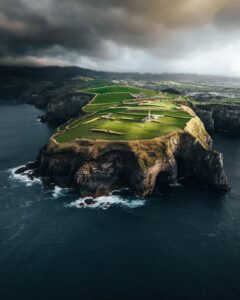
Photo tour in Azores, Portugal
Join us in the Azores for a unique photo tour, where you’ll elevate your creative skills with expert guidance from Ronald Soethje, Bruno Ázera, and Nomadict.
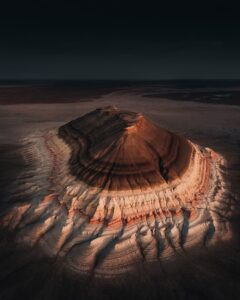
Forest Kai (@forest1kai): Photographer based in the US
In this article, Forest shares how years of chasing scale, silence, and raw landscapes shaped his approach to photography, from the deserts of Kazakhstan to the volcanic ridges of Iceland. He talks about how he uses light, texture, and vast negative space to create images that feel both intimate and overwhelming.
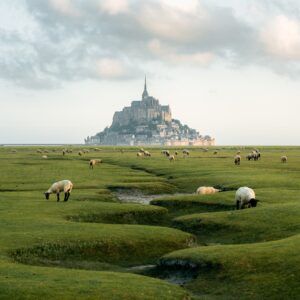
Simon Hechtbauer (@roamwithsimon): Best of the Week 32 at #nomadict
Simon shares the journey behind his photography, from early inspirations to field techniques, editing, and the story of the winning shot that shaped his path.

Miroslav Maršík (@miromarsik): Photographer based in Czech Republic
In this article, Miro shares how his love for cinematic music evolved into a deep passion for photography and how he uses light, color, and atmosphere to turn the streets of Prague into living film scenes.

Aurora photography panorama workflow: A guide to camera settings, editing, and color
In this article, Stefanie reveals how her background in physics sparked her passion for astrophotography and how she blends science with creativity to capture the beauty of the night sky. Readers will discover her approach to color, contrast, and editing, as well as her aurora photography workflow.

Yhabril (@yhabril): Best of the Week 33 at #nomadict
Spanish photographer Yhabril captures the profound connection between humans and the mountains that shaped him. Growing up in the Pyrenees, his work bridges outdoor sports, landscapes, and celestial scenes — often blending athletes, moonlight, and wilderness into striking visual stories.

Ariane Totzke (@besondersschwierig): Photographer based in Switzerland
In this article, Ariane shares how photography helped her navigate personal challenges, connect authentically with people and animals, and develop a philosophy rooted in empathy and artistic freedom. Readers will also discover her ethical approach to wildlife photography and her trusted equipment for both camouflage techniques and cameras.

How to photograph Dutch tulip fields: A guide to light, gear, composition, and colors
Discover how to photograph Dutch tulip fields in their most magical light. From choosing the right gear and lenses to mastering composition, color, and aerial perspectives, this guide shares creative techniques to capture the beauty of the Netherlands’ tulips. Learn how light, color grading, and proportion bring emotion into every frame.
